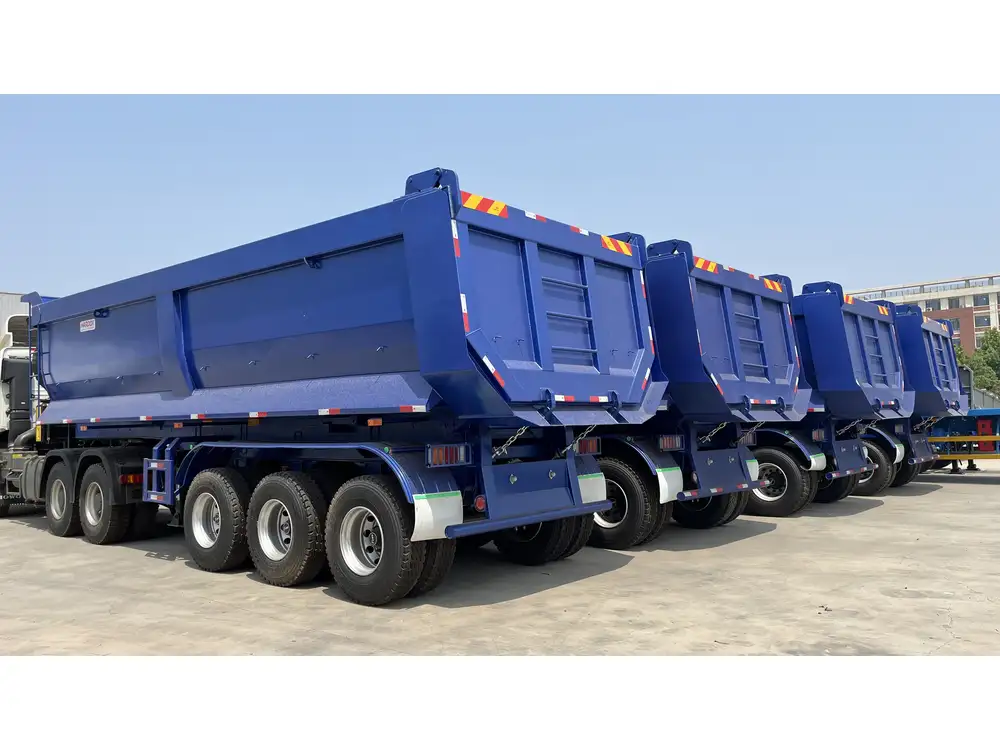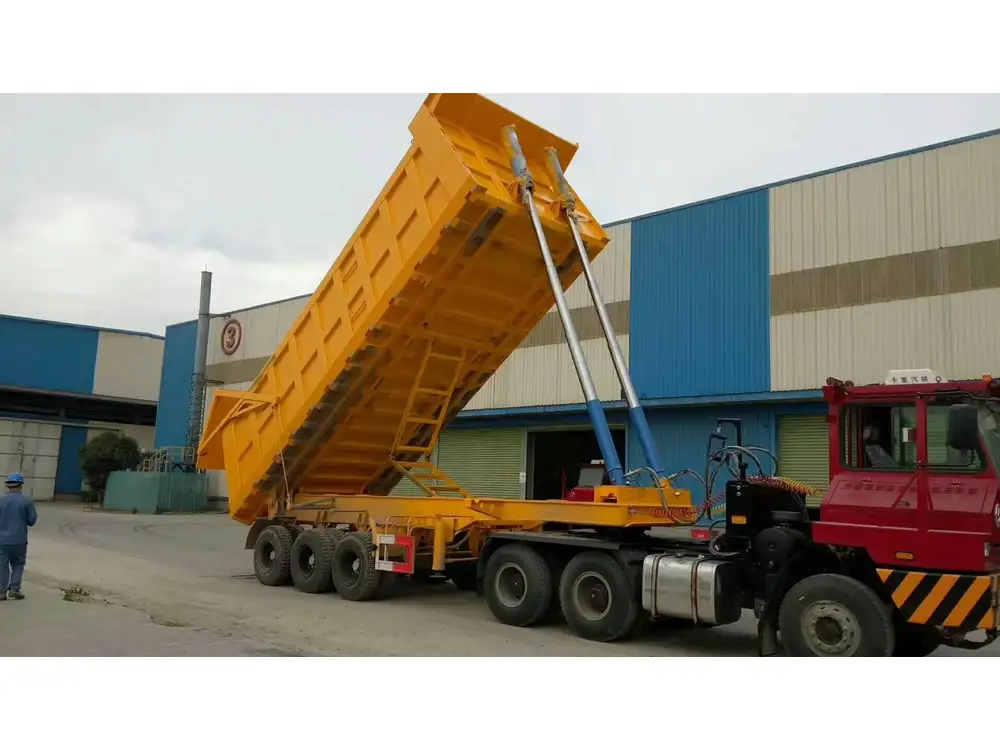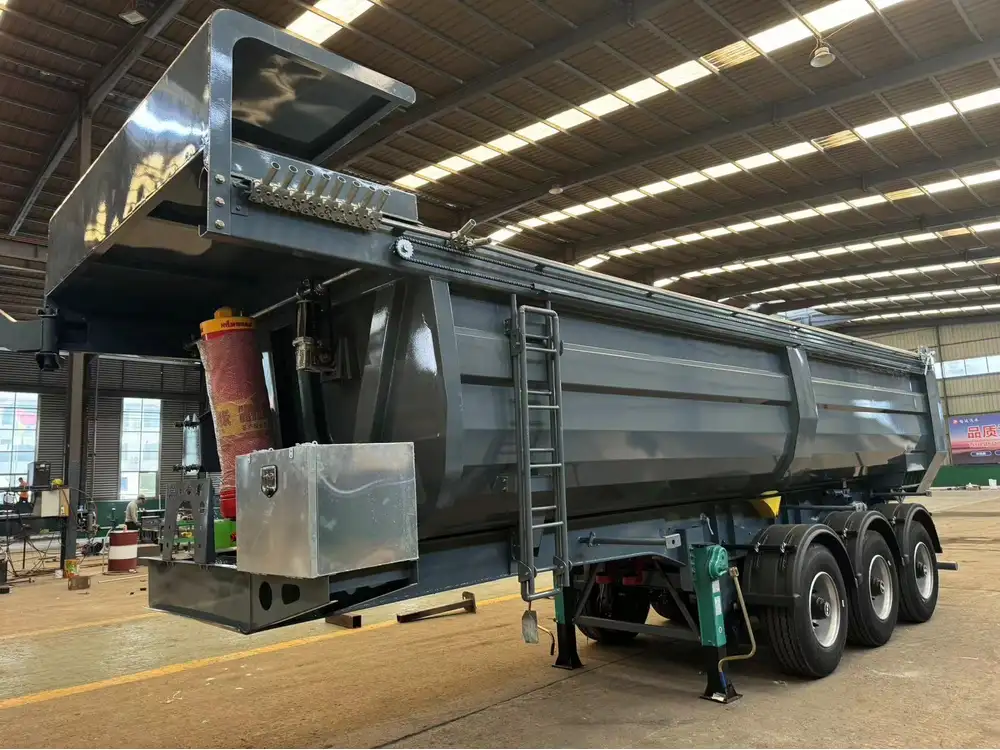Transporting gasoline is a critical aspect of the energy supply chain, ensuring that fuel reaches consumers efficiently and safely. At CarMax Vehicle, we understand the complexities involved in gasoline transportation and the factors that influence its cost. This guide delves into the various elements that determine the cost of transporting gasoline, offering insights and strategies to optimize expenses without compromising on safety or efficiency.
Key Factors Influencing the Cost of Transporting Gasoline
Transporting gasoline involves multiple variables that collectively impact the overall cost. Understanding these factors is essential for businesses looking to manage expenses effectively.
1. Distance of Transportation
The distance between the gasoline source and the destination plays a significant role in determining transportation costs. Longer distances typically incur higher fuel consumption, driver wages, and vehicle maintenance expenses.

2. Mode of Transportation
Gasoline can be transported via road, rail, or pipeline, each with its own cost implications.
- Road Transport: Offers flexibility and door-to-door delivery but can be more expensive over long distances due to fuel and maintenance costs.
- Rail Transport: Suitable for large volumes over long distances, often more cost-effective than road transport but less flexible in terms of routing.
- Pipeline Transport: The most economical for continuous large-scale transportation but requires significant initial infrastructure investment.
3. Volume of Gasoline
The quantity of gasoline being transported affects economies of scale. Larger volumes can reduce the cost per unit of gasoline, making transportation more efficient.
4. Fuel Prices
Fluctuations in fuel prices directly impact transportation costs. Rising fuel prices increase operational expenses, while stable or declining prices can make transportation more affordable.

5. Regulatory Compliance
Adhering to safety and environmental regulations is mandatory in gasoline transportation. Compliance costs include permits, inspections, and adherence to safety standards, which can vary by region.
6. Infrastructure Availability
The availability and condition of transportation infrastructure, such as roads, railways, and pipelines, influence transportation efficiency and costs. Poor infrastructure can lead to delays and increased maintenance costs.
7. Seasonal and Weather Conditions
Weather can affect transportation reliability and costs. Adverse conditions like heavy rains, snow, or extreme temperatures can slow down transportation, leading to higher costs due to delays and increased fuel consumption.

8. Route Complexity
Complex routes with multiple stops, detours, or varying terrain can increase transportation time and costs. Simpler, more direct routes are generally more cost-effective.
9. Equipment and Maintenance
The condition and efficiency of transportation equipment, including semi-trailers, significantly affect costs. Well-maintained, modern equipment can reduce maintenance costs and improve fuel efficiency.
Detailed Cost Breakdown
Understanding the cost components involved in gasoline transportation helps in identifying areas for potential savings and efficiency improvements.

Fixed Costs vs. Variable Costs
- Fixed Costs: These include expenses that do not change with the level of output, such as vehicle depreciation, insurance, and permits.
- Variable Costs: These fluctuate with the level of activity, including fuel, driver wages, and maintenance.
Comprehensive Cost Components
| Cost Component | Description |
|---|---|
| Fuel Costs | The largest variable expense, influenced by distance and fuel prices. |
| Labor Costs | Wages for drivers and support staff, including benefits and overtime pay. |
| Maintenance Costs | Regular maintenance and unexpected repairs to vehicles and equipment. |
| Insurance | Coverage for vehicles, cargo, and liability in case of accidents or spills. |
| Permits and Fees | Costs for regulatory compliance, including licenses and inspection fees. |
| Depreciation | The gradual loss in value of transportation equipment over time. |
| Operational Costs | Administrative expenses, such as logistics management and communication. |
How CarMax Vehicle Optimizes Gasoline Transportation Costs
At CarMax Vehicle, we leverage advanced technology and strategic planning to minimize transportation costs while ensuring safety and reliability.

Advanced Trailer Technology
Our CarMax Trailers are designed with state-of-the-art materials and engineering, enhancing fuel efficiency and reducing maintenance needs. Features such as aerodynamic designs and lightweight materials contribute to lower fuel consumption and operational costs.
Fuel Efficiency
We prioritize fuel-efficient solutions by optimizing trailer design and utilizing engines that maximize mileage per gallon. Our focus on fuel efficiency translates to significant cost savings for our clients.
Safety Features
Safety is paramount in gasoline transportation. Our trailers are equipped with advanced safety features that reduce the risk of accidents and spills, thereby minimizing potential costs associated with liabilities and environmental damages.

Customization Options
Understanding that each transportation need is unique, we offer customizable trailer configurations. This flexibility ensures that our clients can transport gasoline in the most efficient manner, tailored to their specific volume and delivery requirements.
Reliability and Maintenance Services
CarMax Vehicle provides comprehensive maintenance services, ensuring that our trailers remain in optimal condition. Regular maintenance reduces unexpected breakdowns and extends the lifespan of transportation equipment, leading to lower long-term costs.
Comparing Transportation Methods: Road vs. Rail vs. Pipeline
Choosing the right transportation method depends on various factors, including cost, speed, volume, and infrastructure availability. Here’s a comparative analysis to help you make an informed decision.

Road Transport
| Pros | Cons |
|---|---|
| Flexible routes and schedules | Higher costs over long distances |
| Door-to-door delivery capability | Susceptible to traffic and weather delays |
| Ideal for smaller volumes | Increased fuel and maintenance expenses |
Rail Transport
| Pros | Cons |
|---|---|
| Cost-effective for large volumes | Limited to rail network availability |
| Lower fuel consumption per unit transported | Less flexible routing |
| Reliable and consistent delivery times | Requires additional handling for final delivery |
Pipeline Transport
| Pros | Cons |
|---|---|
| Lowest transportation cost per unit | High initial infrastructure investment |
| Continuous and uninterrupted flow | Limited to specific routes and locations |
| Minimal environmental impact | Long lead time for setup and expansion |

Pricing Examples: Understanding the Numbers
To provide a clearer picture, let’s examine some hypothetical scenarios illustrating the cost of transporting gasoline via different modes and distances.
Example 1: Road Transport
- Distance: 500 miles
- Volume: 10,000 gallons
- Fuel Price: $3.50 per gallon
- Fuel Consumption: 6 miles per gallon
Calculation:
- Fuel Needed: 500 miles / 6 mpg = 83.33 gallons
- Fuel Cost: 83.33 gallons * $3.50 = $291.67
- Additional Costs (labor, maintenance, etc.): $500
- Total Cost: $791.67
Example 2: Rail Transport
- Distance: 1,000 miles
- Volume: 100,000 gallons
- Fuel Price: $3.50 per gallon
- Fuel Consumption: 1.5 miles per gallon per container
Calculation:
- Fuel Needed: 1,000 miles / 1.5 mpg = 666.67 gallons
- Fuel Cost: 666.67 gallons * $3.50 = $2,333.34
- Additional Costs (rail fees, handling, etc.): $10,000
- Total Cost: $12,333.34

Example 3: Pipeline Transport
- Distance: 1,000 miles
- Volume: 500,000 gallons
- Initial Setup Cost: $5,000,000
- Operating Cost per Gallon: $0.005
Calculation:
- Operating Cost: 500,000 gallons * $0.005 = $2,500
- Total Cost: $2,500 (excluding initial setup)
Tips to Optimize Gasoline Transportation Costs
Effective cost management in gasoline transportation involves strategic planning and operational efficiency. Here are actionable tips to help reduce expenses:
1. Route Planning
Optimize transportation routes to minimize distance and avoid areas prone to traffic or adverse weather conditions. Advanced GPS and logistics software can aid in identifying the most efficient pathways.

2. Load Optimization
Maximize the payload of each trip by fully utilizing trailer capacity. This reduces the number of trips required and lowers overall transportation costs.
3. Fuel Management
Implement fuel-efficient driving practices and regularly maintain vehicles to ensure optimal fuel consumption. Monitoring fuel usage can help identify areas for improvement.
4. Regular Maintenance
Schedule routine maintenance for transportation equipment to prevent breakdowns and extend vehicle lifespan. Well-maintained trailers are more reliable and cost-effective in the long run.

5. Choose the Right Transportation Partner
Partnering with a reliable transportation provider like CarMax Vehicle ensures efficient and cost-effective gasoline transportation. Our expertise and advanced solutions are designed to meet your specific needs while minimizing costs.
Future Trends Impacting Gasoline Transportation Costs
Staying ahead of industry trends is crucial for managing future transportation costs effectively.
Technological Advancements
Innovations such as autonomous vehicles, advanced tracking systems, and improved fuel-efficient technologies are set to revolutionize gasoline transportation, potentially reducing costs and increasing efficiency.

Regulatory Changes
Evolving safety and environmental regulations may introduce new compliance requirements, impacting transportation costs. Staying informed and adaptable is essential for cost management.
Market Dynamics
Fluctuations in fuel prices, demand for gasoline, and global economic conditions can influence transportation costs. Diversifying transportation methods and flexible planning can help mitigate these impacts.
Conclusion
Transporting gasoline involves a complex interplay of factors that determine overall costs. By understanding these elements and implementing strategic measures, businesses can manage and optimize their transportation expenses effectively. At CarMax Vehicle, we are committed to providing advanced, efficient, and cost-effective solutions tailored to your gasoline transportation needs. Our expertise and dedication ensure that your fuel reaches its destination safely and economically, supporting your business’s success.

Frequently Asked Questions
1. What are the primary factors that affect the cost of transporting gasoline?
The cost of transporting gasoline is influenced by distance, mode of transportation, volume, fuel prices, regulatory compliance, infrastructure quality, seasonal and weather conditions, route complexity, and the condition of transportation equipment.
2. How does transportation mode impact gasoline transport costs?
Different modes of transportation—road, rail, and pipeline—have varying cost structures. Road transport offers flexibility but can be more expensive over long distances, rail transport is cost-effective for large volumes, and pipeline transport is the most economical for continuous large-scale transportation but requires significant initial investment.

3. How can I reduce the costs associated with transporting gasoline?
Cost reduction can be achieved through optimized route planning, maximizing load efficiency, implementing fuel management practices, maintaining transportation equipment regularly, and partnering with reliable transportation providers like CarMax Vehicle.
4. What role does regulatory compliance play in gasoline transportation costs?
Compliance with safety and environmental regulations is mandatory and incurs costs related to permits, inspections, and adherence to standards. Non-compliance can lead to fines and increased operational expenses.
5. How is CarMax Vehicle equipped to help lower gasoline transportation costs?
CarMax Vehicle offers advanced trailer technology designed for fuel efficiency and reliability, comprehensive maintenance services to minimize downtime, customizable transportation solutions tailored to specific needs, and safety features that reduce the risk of accidents and spills, all contributing to lower transportation costs.



